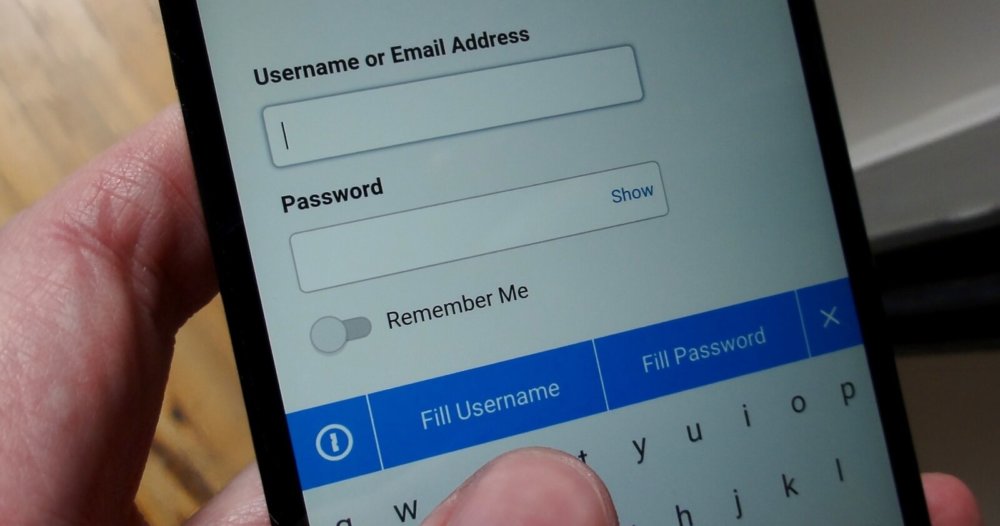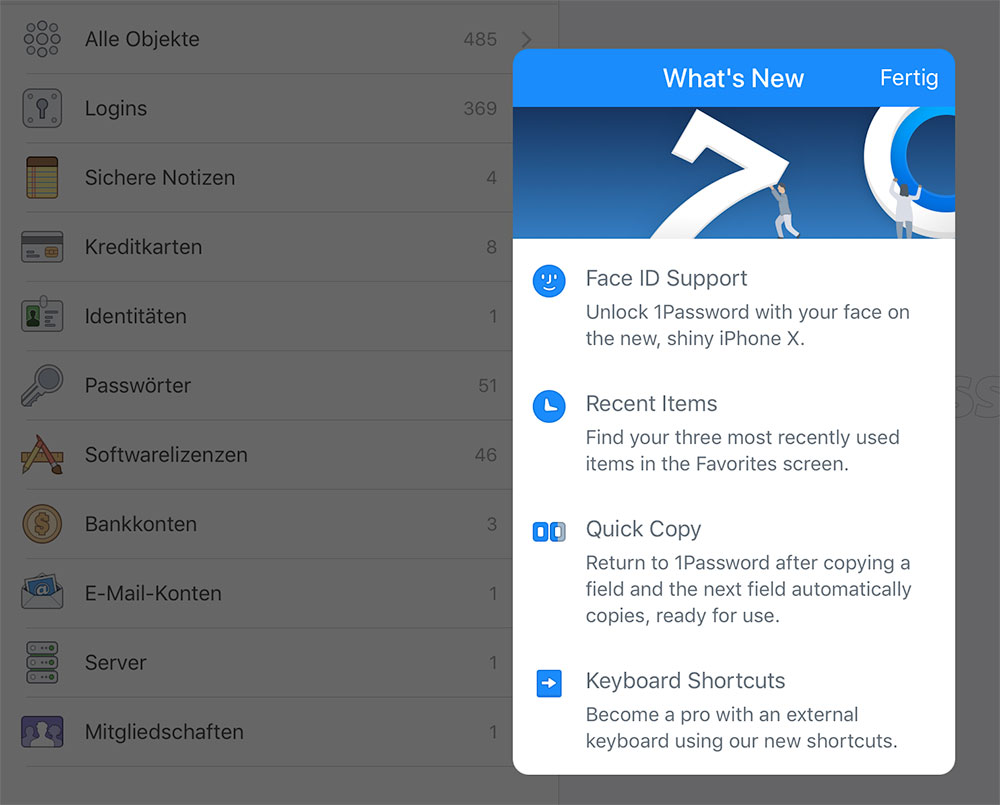
How to Set Up Two-Factor Authentication.How to Record the Screen on Your Windows PC or Mac.How to Convert YouTube Videos to MP3 Files.How to Save Money on Your Cell Phone Bill.How to Free Up Space on Your iPhone or iPad.How to Block Robotexts and Spam Messages.To fill your passwords with 1Password instead of Chrome, delete your saved passwords from Chrome. Step 4: Delete your passwords from ChromeĬhrome will continue to fill saved passwords even after you turn off the built-in password manager. To prevent Chrome from interfering with 1Password, make sure you have the 1Password browser extension installed, then turn off the built-in password manager in Chrome. Step 3: Turn off the built-in password manager in Chrome Open 1Password on your computer or mobile device and click theĪfter you’ve imported your information into 1Password, delete the unencrypted CSV file, then turn on any backup software you turned off earlier. If you have any credit cards, addresses, or other information saved in Chrome, copy them manually into 1Password. If you want to change anything about the import, like importing the data into a different vault, click Undo Import and start again. Click Import, then click Show Imported Items.Browse to your desktop and select the CSV file you created earlier. Click inside the dotted rectangle to open a file browser.If you’re importing personal data, choose the Personal or Private vault. Choose the vault you want to import your data into.Click your name in the top right and choose Import.


To export your data from Chrome, follow these steps on your computer:Īt the top right of the list of saved passwords and select “Export passwords”. Before you export your data from Chrome, temporarily turn off any backup software you may be using, so the unencrypted export file isn’t backed up.


 0 kommentar(er)
0 kommentar(er)
